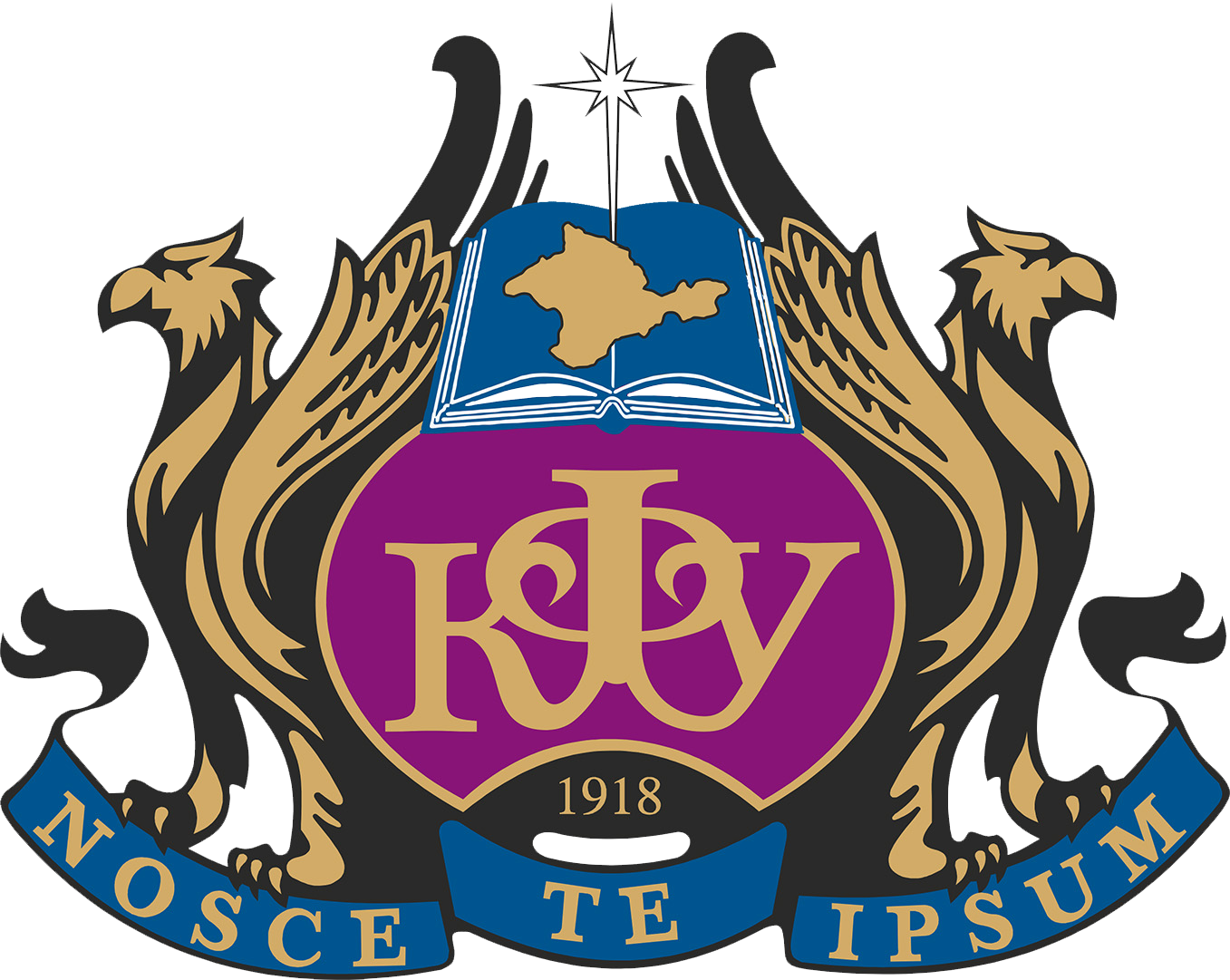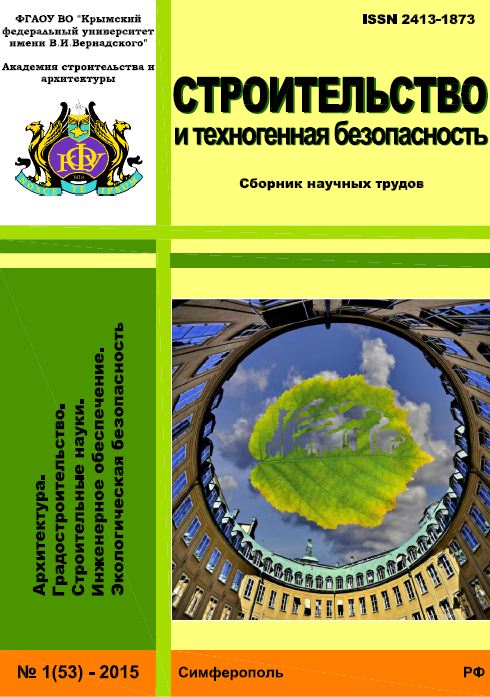Russian Federation
from 04.08.2014 until now
Simferopol', Simferopol, Russian Federation
The issues of protection of underwater objects with the help of cylindrical air cavities are studied. The main problem of the hydrodynamics of air cavities is the determination of the hydrodynamic forces arising on the surface of the deformable system and depending on its shape and nature of movement. Therefore, it is necessary to study the motion of the deformable system itself. A deformable cylindrical object of finite length is considered as a physical model of real air protection of the object. The direct problem of hydrodynamics associated with the determination of pressure fields by a given motion of the surface of a deformable system is solved. The obtained result can be used to solve the inverse problem associated with determining the motion of the surface of a deformable cylindrical system according to a given pressure field. For this purpose, the equations of hydrodynamics are supplemented by the equations of motion of the deformable system. It is important in this task to determine the attached fluid masses that characterize the inertial counteraction of the medium to the movement of the boundaries of the deformable system. Moreover, this counter-action corresponds to the shape of the oscillation of the surface of the system. The expression for the coefficients of the attached masses of the liquid during the oscillation of a cylindrical deformable system of finite length is obtained for the first time. Subject of research: Deformation of a cylindrical gas cavity under the influence of an underwater explosion shock wave. Materials and methods. The problem of deformation of a cylindrical gas cavity is considered for the first time. The solution of the problem of hydrodynamics is performed by analytical methods. Exact dependences have been obtained for predicting pressure fields in the environment when gas cavities fluctuate. Results. The direct problem of hydrodynamics related to the determination of pressure fields by a given motion of the surface of a deformable system has been solved. The obtained result can be used to solve the inverse problem related to determining the movement of the surface of a deformable cylindrical system according to a given pressure field. Conclusions. A case of great practical importance has been studied in which the boundary of the cavity retains a cylindrical shape during its movement. The equations of motion of the boundaries are derived in a non-linear form.
cylindrical air cavities, attached masses of liquid, inertial counteraction of the medium to the movement of the boundaries of the deformable system
1. Koul R. Podvodnye vzryvy. M.: Inostrannaya literatura, 1950. – 495 s.
2. Korobeynikov V.P., Hristoforov B.D. Podvodnyy vzryv // Itogi nauki i tehniki. Ser. Gidromehanika. 1976. T. 9. S. 54–119.
3. Fortov V.E. Moschnye udarnye volny i ekstremal'noe sostoyanie veschestva // UFN. 2007. T. 177. № 4.S. 347–368.
4. Sidnyaev N.I. Teoreticheskie issledovaniya gidrodinamiki pri podvodnom vzryve tochechnogo istochnika // Inzhenernyy zhurnal: nauka i innovacii. 2013. Vyp. 2. S. 1–21.
5. Igolkin Sergey I., Melker Alexander I. Structure of shock waves arising in underwater explosion // Materials Physics and Mechanics. 2014. Vol. 20. Pr. 142-147.
6. Igolkin Sergey I., Melker Alexander I. Molecular hydrodynamics of deep-water explosions // Materials Physics and Mechanics. 2014. Vol. 20. Pr. 159-174.
7. Sidnyaev N.I., Shipilova O.A. Vozdeystvie podvodnogo vzryva na gidrodinamiku i harakter rasprostraneniya vozmuscheniy // Inzhenernyy zhurnal: nauka i innovacii. 2017. Vyp. 11. 9 s.
8. Sharfarec B.P. O dinamike udarnyh voln v zhidkosti. Obzor // Nauchnoe priborostroenie. 2016. Tom 26. № 4. C. 43–54.
9. Fedorov A.V., Fedorova N.N., Fomin P.A., Val'ger S.A. Rasprostranenie vzryvnyh processov v neodnorodnyh sredah. Novosibirsk: Parallel', 2016. 258 c.
10. Kobylkin I.F., Selivanov V.V., Solov'ev V.S., Sysoev N.N. Udarnye i detonacionnye volny. Metody issledovaniya. M.: Fizmatlit, 2004. 376 s.
11. Kedrinskiy V.K. Gidrodinamika vzryva. Eksperiment i modeli. Novosibirsk: Izd-vo SO RAN, 2000. 435 s.
12. Fizika vzryva. T. 1 / Pod red. L.P. Orlenko. M.: Nauka, 2004. 832 s.
13. Korobeynikov V.P., Hristoforov B.D. Podvodnyy vzryv // Itogi nauki i tehniki. Ser. Gidromehanika. 1976. T. 9. S. 54–119.
14. Rouch P. Vychislitel'naya gidrodinamika. M.: Mir, 1980. 616 s.
15. Landau L.D., Lifshic E.M. Teoreticheskaya fizika. T. 6. Gidrodinamika. M.: Nauka, 1986. 736 s.
16. Kraynov V.P. Nelineynye zadachi gidrodinamiki. M.: MFTI, 1996. 92 s.
17. Yakovlev Yu.S. Gidrodinamika vzryva. Leningrad: Sudpromgiz, 1961. 313 s.
18. Zamyshlyaev B.V., Yakovlev Yu.S. Dinamicheskie nagruzki pri podvodnom vzryve. Leningrad: Sudostroenie, 1967. 194 s.
19. Sychev A.I. Sil'nye udarnye volny v puzyr'kovyh sredah // Zhurnal tehnicheskoy fiziki. 2010. Tom 80.Vyp. 6. S. 31–35.
20. Kuznecov V.V., Safonov S.A. Osobennosti vzaimodeystviya udarnyh voln s puzyr'kovymi ekranami v zhidkosti // Dinamika mnogofaznyh sred. Pod redakciey V.M. Fomina, A.V. Fedorova. 2015.
21. Aganin A.A., Guseva T.S. Udar strui po tonkomu sloyu zhidkosti na stenke // Vestnik Bashkirskogo universiteta. 2016. T. 21. № 2. S. 245-250.
22. Aganin A.A., Guseva T.S. Udar zhidkogo konusa po ploskoy tverdoy stenke // Uchen. zap. Kazan. un-ta. Ser. fiz.-matem. nauki. 2016. T. 158.Kn. 1. S. 117–128.
23. Khakimov A.G. Flow around a circular cylindrical shell // Fluid Dynamics. 2020. Vol. 55. № 2. P. 154-161.
24. Lamb G. Gidrodinamika. M: OGIZ, 1947. 929 s.
25. Kochin N.E., Kibel' I.A., Roze N.V. Teoreticheskaya gidromehanika. Chast' 1. Pod red. I.A. Kibelya. M.: Fizmatlit, 1963. 583 s.
26. Zubrilov S.P. Gidromehanika bystroprotekayuschih processov. L.: LIVT, 1991. 60 s.
27. Aganin A.A., Guseva T.S. Chislennoe modelirovanie udara strui po stenke // Matematicheskoe modelirovanie. 2017. T. 29, № 3. S. 123–138.
28. Kedrinskiy V.K. Udarnye volny v zhidkosti s puzyr'kami gaza // Fizika goreniya i vzryva. 1980. № 5. S. 14–25.
29. Hawker N. A., Ventikos Y. Interaction of a strong shockwave with a gas bubble in a liquid medium: a numerical study // J. Fluid Mech. 2012. Vol. 701. Pp. 59–97.
30. Aganin A.A., Guseva T.S., Kosolapova L.A., Malahov V.G. Udarnye volny v zhidkosti pri impul'snom vozdeystvii kavitacionnogo puzyr'ka na zhestkuyu stenku // Uchenye zapiski Kazanskogo universiteta.
31. Aganin A.A., Guseva T.S., Kosolapova L.A., Khismatullina N.A. The calculation of weakly nonspherical cavitation bubble impact on a solid // IOP Conf. Ser.: Mater. Sci. Eng. 2016. V. 158. Art. 012003, Pr. 1–6.
32. Garen W. Experimental investigation of shock-bubble properties at the liquid–air phase boundary / W. Garen, B. Meyerer, Y. Kai, W. Neu, S. Koch, U. Teubner // 30th International Symposium on Shock Waves 2.
33. Aganin A.A., Kosolapova L.A., Malahov V.G. Dinamika puzyr'ka gaza v zhidkosti vblizi tverdoy poverhnosti // Uchenye zapiski Kazanskogo universiteta. Seriya fiz.-matem. nauki. 2018. T. 160.Kn. 1. S.
34. Vlasova O.A., Kozlov V.G., Kozlov N.V. Lift Force Acting on a Heavy Solid in a Rotating Liquid-Filled Cavity with a Time-Varying Rotation Rate // Journal of Applied Mechanics and Technical Physics. 2018. Vol. 59.
35. Slepyan L.I., Yakovlev Yu.S. Integral'nye preobrazovaniya v nestacionarnyh zadachah mehaniki. Leningrad: Sudostroenie, 1980. 343 s.





